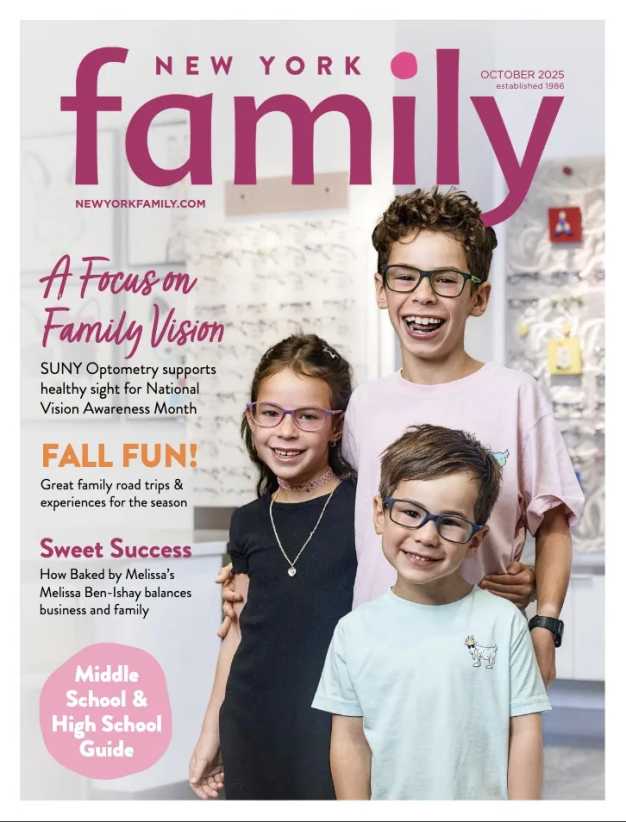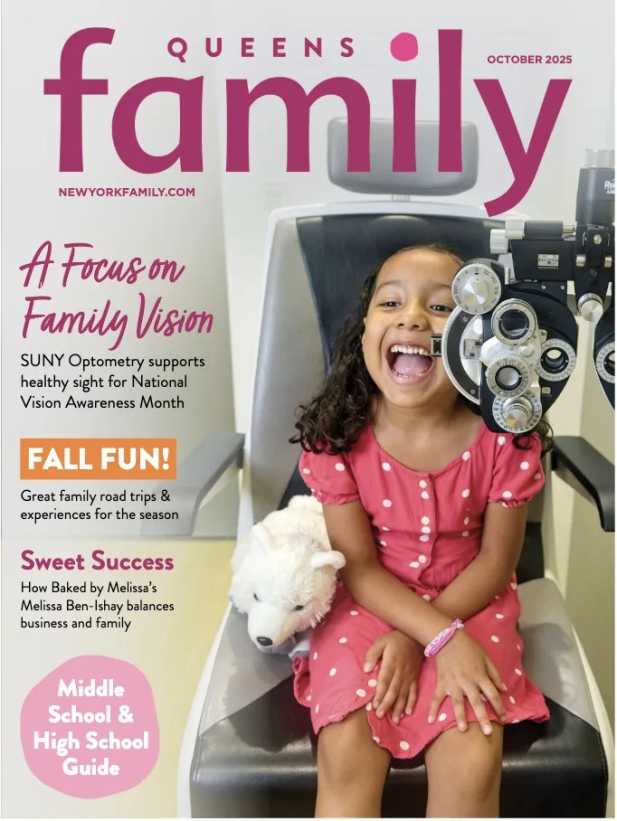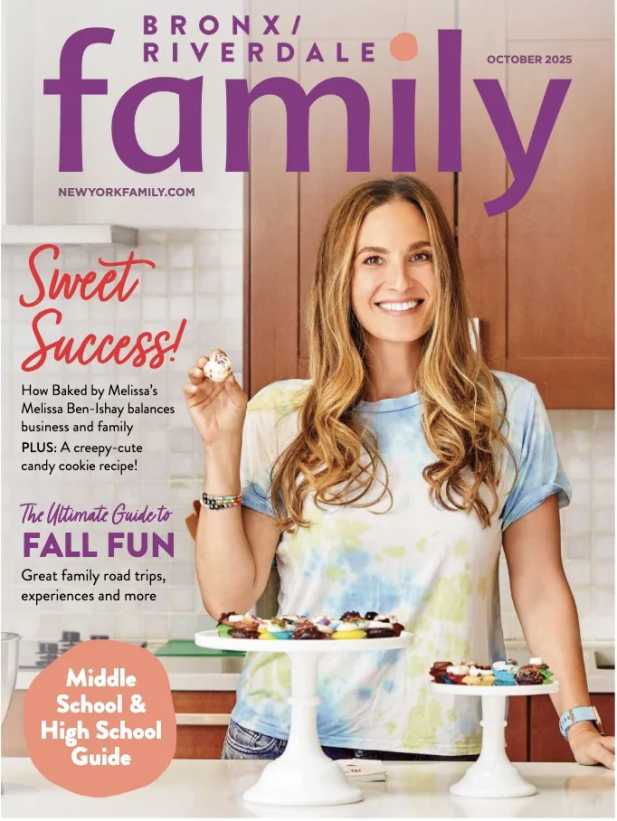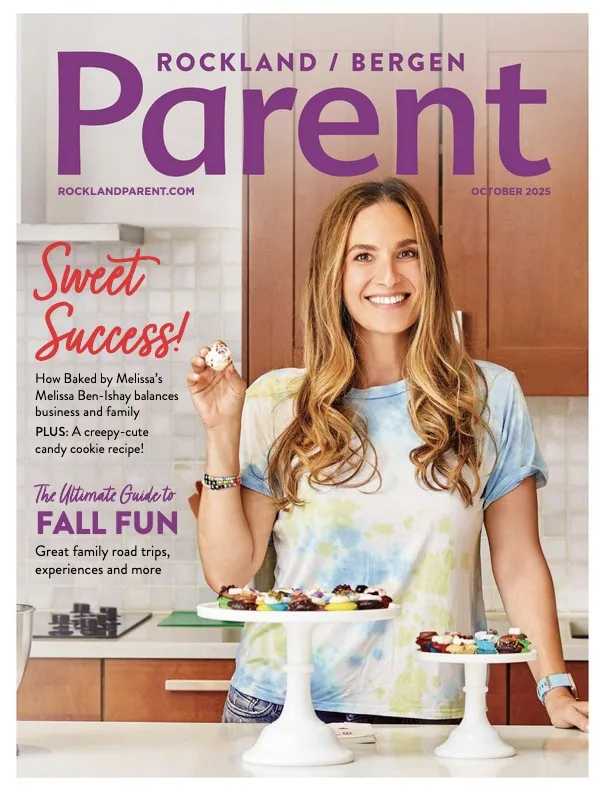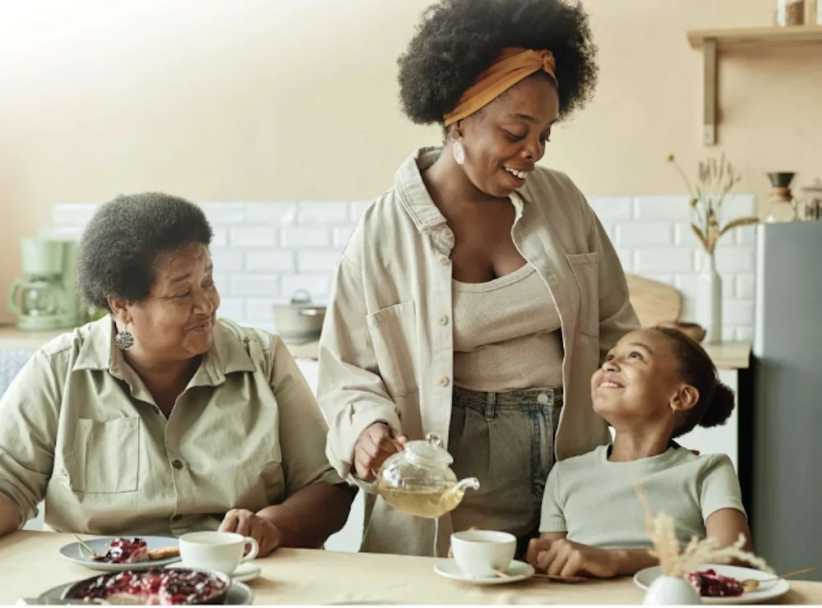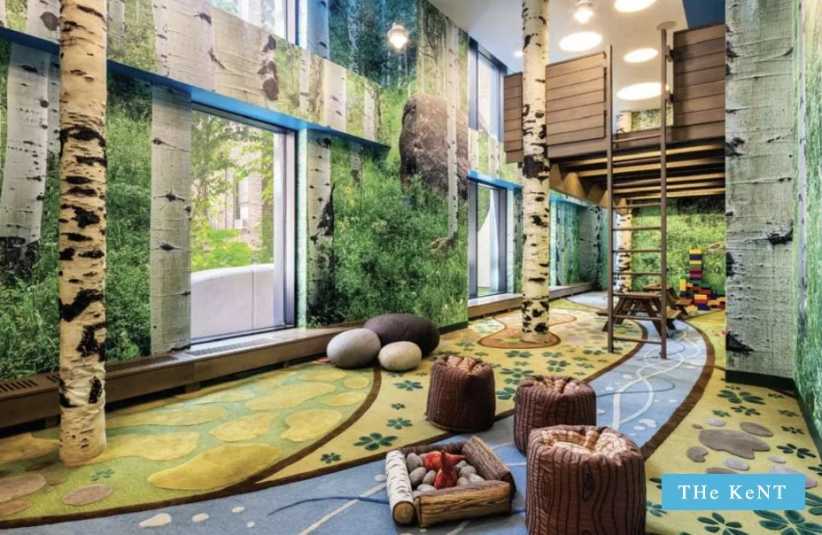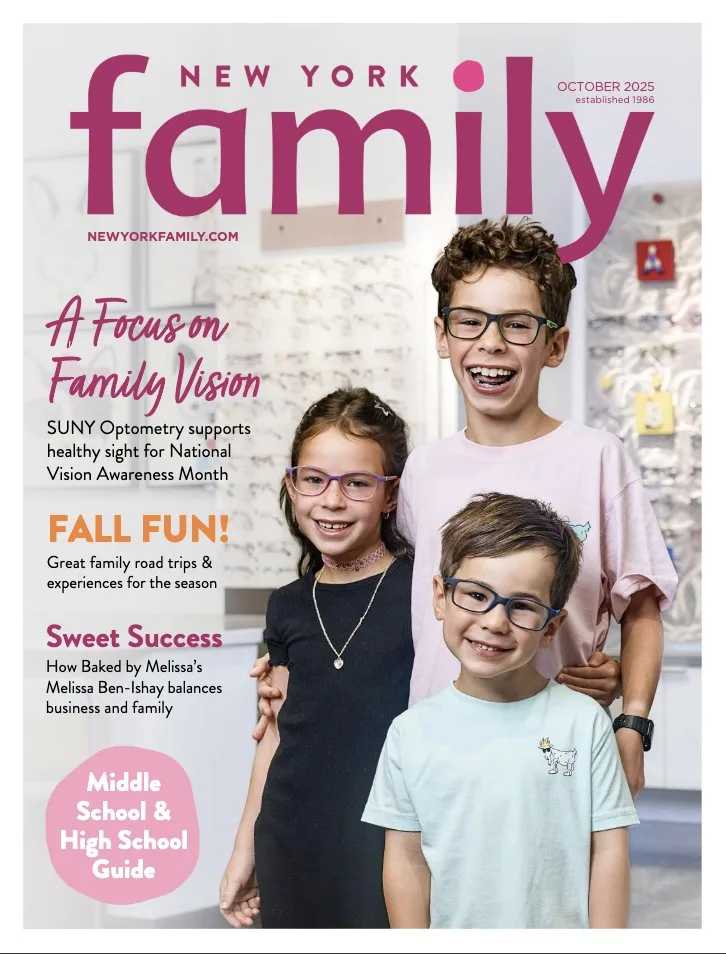“There is a magic in that little world, home,” noted poet Robert Southey. Magic indeed. Our homes are our havens, our sanctuaries, our ground zero. For many of us, our homes are the most cherished place of all—so it is surprising that our homes are often not the healthiest place they can be. In fact, according to the Environmental Protection Agency, the air within our houses is often more polluted than the air outside. Since we spend approximately 90 percent of our time indoors, it seems prudent to look for ways to improve our domestic environment. To that end, we’ve put together a list of healthy household tips, some of which also help to improve the environment in general.
Living Room
Invest in a HEPA Vacuum. Clear the air while you clean your floor. Vacuums with true HEPA filters remove 99.97 percent of the micro-particles that pass through them—meaning that dust, pollen and particulate end up in your vacuum rather than your nose and lungs.
Buy an Antique. Consider the use of antiques as the ultimate in recycling. No energy is consumed in manufacturing something new, virgin materials are spared, old materials are generally free of toxins, landfill space is saved and newly made furniture made of comparable craftsmanship and materials can cost a small fortune.
Try Untreated Fabrics. We are not suggesting that you go out and replace all of your soft furniture. However, if you are planning on replacing furniture, looking to reupholster or thinking about slip covers, consider untreated fabrics. Chemical finishes are added to treated fabrics for stain and water resistance as well as fire proofing; unfortunately, many of these coatings may emit volatile organic compounds. Natural fabrics are easy to care for, feel dreamy to the touch and do not emit toxins.
Kitchen
Clean with Natural (Non-Toxic) Products. We lock away cleaning products from our children because we know how dangerous they are. And then we squirt, sprinkle and spray them all over the house as we clean. Hmmm. Non-toxic cleaners are showing up on supermarket shelves everywhere, and they are every bit as effective as their counterparts.
Drink Fair Trade, Bird-Friendly Coffee. By drinking Fair Trade Certified coffee, you can wake up assured that farmers and workers received a fair price for their product. Most Fair Trade coffee available in the United States is certified organic and shade grown—by supporting shade-grown coffee farms over the full-sun (and more profitable) farms, you are helping to preserve the habitats of about 150 bird species.
Plant a Window Herb Garden. Improve indoor air quality while growing herbs for cooking and well-being; use rosemary to increase alertness and mental clarity, lavender to battle insomnia and peppermint to soothe indigestion.
Bathroom
Turn Off the Water. We’ve heard it a million times, and here’s a million and one: Turn off the tap when brushing teeth, washing or shaving. According to the New York Department of Environmental Conservation, the average person uses 10.9 gallons of water from the faucet each day, much of it unnecessary.
Throw Less Away. Buy products that are reusable (razors) or refillable (biodegradable soaps and shampoos) to help reduce packaging.
Do Not Use Antibacterial Soaps. The Centers for Disease Control and Prevention (CDC) conducted a study that showed the use of antibacterial hand soap to be no more beneficial than plain soap in reducing infectious illness or bacteria. Meanwhile, there have been laboratory studies suggesting that antibacterial products help produce heartier bacteria that grow resistant to them and are much harder to kill.
Bedroom
Make Your Bed Natural. Given that we spend, on average, 25 years in bed, we might as well splurge on a healthy one. Natural mattresses are made from a variety of materials, including natural latex, wool, horsehair, flax and organic cotton and are said to reduce pressure points and regulate body temperature, resulting in improved quality of sleep. Missing are the off-gassing chemicals and environmental problems attributed to the production of conventional mattress materials.
Sleep on Organic Sheets. Chances are that if your sheets are polycotton, easy care, crease resistant or permanent press, they have been treated with formaldehyde. Instead, choose untreated fabrics—and for cotton, make sure it’s organic. According to the Organic Consumers Association, conventional cotton crops use more than 25 percent of all the insecticides and 12 percent of all the pesticides in the world.
Give Up the Down. Oh, this is hard; there is nothing that quite compares to the perfect cloud of warmth provided by a goose down comforter…or is there? As it turns out, hypoallergenic synthetic fillings have come a long way—and natural alternatives include wonderfully light and insulating kapok and cotton. These not only alleviate the dirt, dust, dander and debris that cling to down, but are also cruelty-free. If you just can’t bear to give up the down, opt for hypoallergenic down free of toxins and chemicals, preferably gathered from free range geese.
SAVE ENERGY, SAVE THE EARTH
Five smart ways to conserve around the home.
Use Green Power. One of the biggest causes of global warming is the burning of fossil fuels such as oil, gas and coal. ConEdison Solutions offers two different green energy options – its GREEN Power program uses a mix of wind power from upstate wind farms and environmentally friendly hydro power (which does not disrupt any ecosystems), while its marginally more expensive WIND Power option is powered exclusively from the wind. Peter Muzsi, a ConEdison Solutions manager, said the cost of going green was an extra $2 to $4 every month – i.e., the price of a decent cup of coffee in this town. You can check out other green power suppliers in your area by visiting the New York State Public Service Commission’s Consumer Website at www.askpsc.com.
Be Enlightened. These aren’t your grandma’s fluorescent light bulbs—new-generation compact fluorescent light bulbs (CFLs) are warmer and provide a full spectrum of light. (Check the package for Color Reference Index—the highest number, 100, is the most like natural light.) According to the Federal Trade Commission, traditional incandescent light bulbs lose 90 percent of the electricity consumed as heat and last only 750 to 1000 hours. CFLs use 75 percent less energy for the same amount of light and last a stunning 10,000 hours.
Go Unplugged. Another way to cut your consumption is to stop leaving appliances on standby and unplug chargers. The Natural Resources Defense Council, an environmental action organization, estimates unused chargers consume around 0.5 to 1 Watts an hour.
Buy Smart Appliances. If you’re thinking about buying a new appliance, remember that refrigerators, dishwashers, clothes washers and dryers all eat up energy. Look for the Energy Star Label, which highlights the most efficient models out there. If your appliances are getting old but are in good working order, there may be an economic reason to upgrade. According to the NRDC, new refrigerators consume less than half the energy of those that are more than 12 years old.
Track Your Carbon Footprint. You may also want to keep track of your energy consumption in general using an Energy Use Monitor. According to Alter, every square foot you have that is more than you need is increasing your carbon footprint. This clever gadget shows you how much energy, not to mention money, each of your household appliances takes to run. There are several on the market, including the Wattson (www.diykyoto.com) and the Kill A Watt Meter (www.p3international.com).
-Laura Kenny
